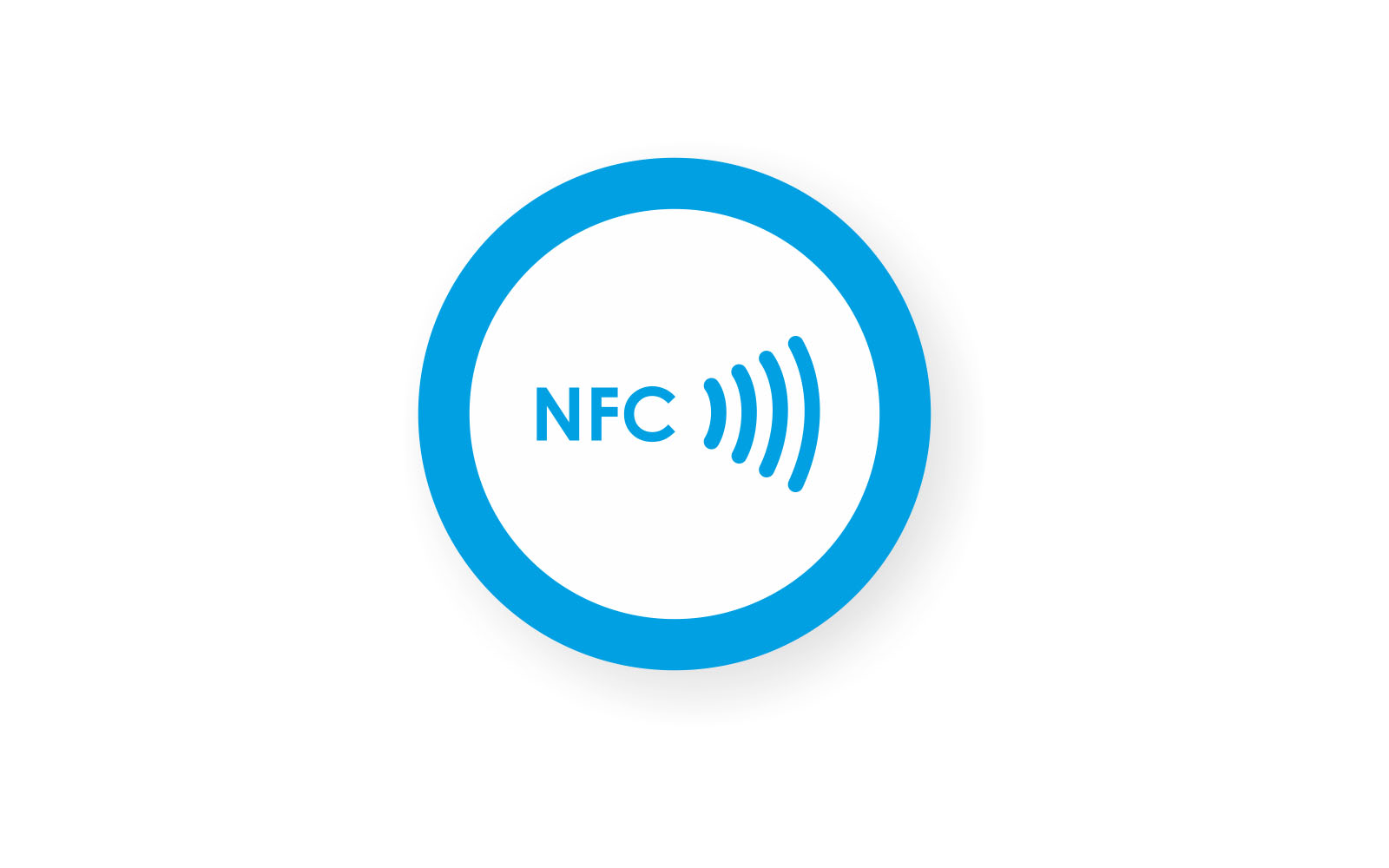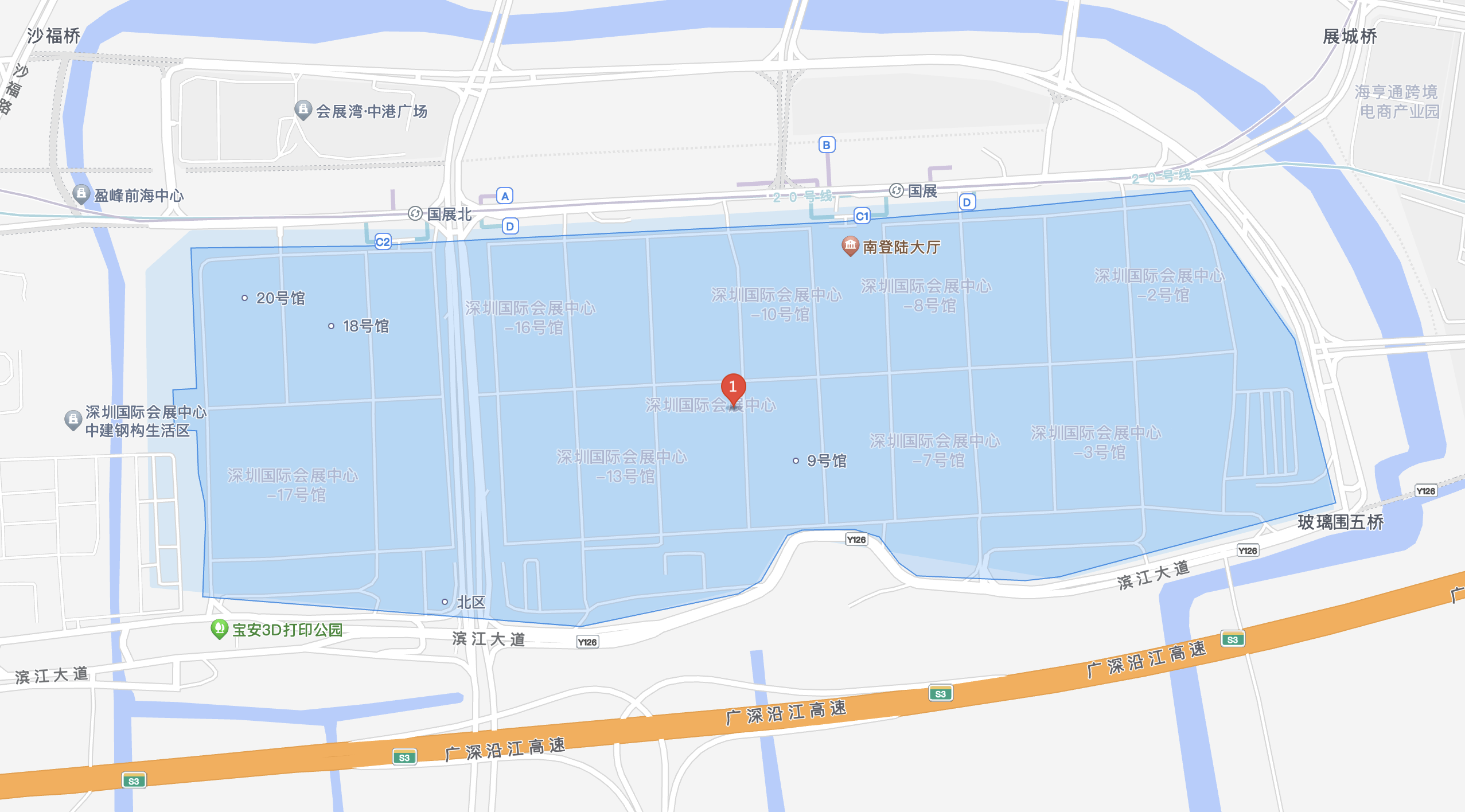Identiv recently announced a collaboration with Danish edtech startup TUK to develop a screenless smart reading tool for children, offering an innovative solution to the global challenge of children's literacy.

Making Children Love Reading
The current state of literacy among children worldwide is alarming. More than 250 million children, despite years of schooling, still lack basic literacy skills and are unable to read or write simple text. Parents, teachers, and librarians urgently need solutions that can stimulate children's interest in reading and are easy to implement in classrooms, libraries, and homes. The TUK smart speaker is timely in addressing this need.
This TUK smart speaker, designed specifically for children, leverages secure Near Field Communication (NFC) technology for screenless, offline reading. Simply place it on a book with an NFC tag, press a button, and the speaker will automatically play audiobook content, guiding children through the pages. The entire process requires no smartphone, tablet, or internet connection, perfectly meeting educators' needs to reduce students' screen time.
Identiv provided key support to TUK in this collaboration. Considering TUK's need to scale its platform and protect copyrighted book content, Identiv tailored a customizable, secure, and highly reliable NFC solution. This solution is both robust enough to withstand the demands of everyday classroom use and simple enough for young readers to operate independently, meeting TUK's requirements for a product that is "enterprise-grade IoT in quality, easy to use, and enjoyable."
Currently, the TUK platform boasts over 10,000 Danish audiobooks, widely used in homes, schools, and public libraries. Its value is evident in many educational settings: attracting children who don't enjoy reading to engage with books, helping students with reading difficulties overcome learning challenges, and providing convenient reading access for multilingual learners. Even more excitingly, teachers and librarians have developed many unexpected uses, showcasing the technology's boundless creativity in education.
This collaboration between Identiv and TUK not only provides a practical and effective tool for cultivating early childhood reading skills but also highlights the transformative power of embedded connectivity technology in education. By digitizing physical books, the learning experience is enriched without increasing screen time, addressing core concerns of parents and teachers. As Stefan Genser, Sales Director at Identiv, stated, this project demonstrates the true potential of the Internet of Things (IoT), and this is just the beginning of IoT-enabled education; many more possibilities lie ahead.
Advantages of NFC Technology in Children's Education
The core advantage of NFC technology in children's education is that it connects physical teaching aids with digital content through the simple action of "touch," creating an intuitive, fun, and safe immersive learning experience for young children, adapting to their cognitive characteristics and exploration habits. Its core advantages can be summarized as follows:
1. Extremely low barrier to entry, adapted to children's cognition
NFC technology requires no complex pairing or connection steps. Children simply need to gently touch a tag with an NFC-enabled device (such as a tablet or learning machine) to trigger interaction. This process perfectly aligns with young children's instinct for "touch exploration," requiring no literacy or learning of operational logic. Even 3-4 year olds can complete it independently, greatly reducing the barrier to entry.
2. Enables Integrated Learning Through "Physical Objects + Digital Resources"
NFC tags can be attached to any physical teaching aid, breaking the information limitations of traditional tools. For example, touching animal cards can play animal sounds and educational animations, while touching picture book characters can automatically narrate story segments, transforming static books and cards into multi-sensory learning scenarios that integrate visual and auditory elements, making abstract knowledge tangible and perceptible through physical contact.
3. Gamifies and Enhances the Learning Process
Using the combination and triggering logic of NFC tags, rich gamified learning scenarios can be designed. For example, touching a tag after completing a puzzle unlocks an encouraging sound effect, and combining English alphabet cards to form words triggers pronunciation and example sentences, integrating knowledge learning into game mechanisms such as challenges and rewards, significantly enhancing children's participation and initiative.
4. Dynamically Updateable Content and High Reusability of Teaching Aids
NFC tags themselves do not store large amounts of content; they only act as "triggers" pointing to cloud or local device resources. This means that the same set of building blocks, cards, and other educational materials can be adapted to different age groups (such as from early cognitive development to English learning) by updating the backend content, eliminating the need for repeated purchases. Parents and teachers can also adjust the content according to the child's progress, achieving personalized teaching.
5. Safety and Durability Adapted to Children's Scenarios
NFC tags are mostly passive designs, small in size, low in cost, and not easily damaged. They can be encapsulated in waterproof and drop-proof materials, withstanding repeated touches and play by children. Their near-field communication characteristics (effective distance typically ≤10 cm) also avoid the information security risks that may arise from remote network connections, making usage scenarios safer and more controllable.


















